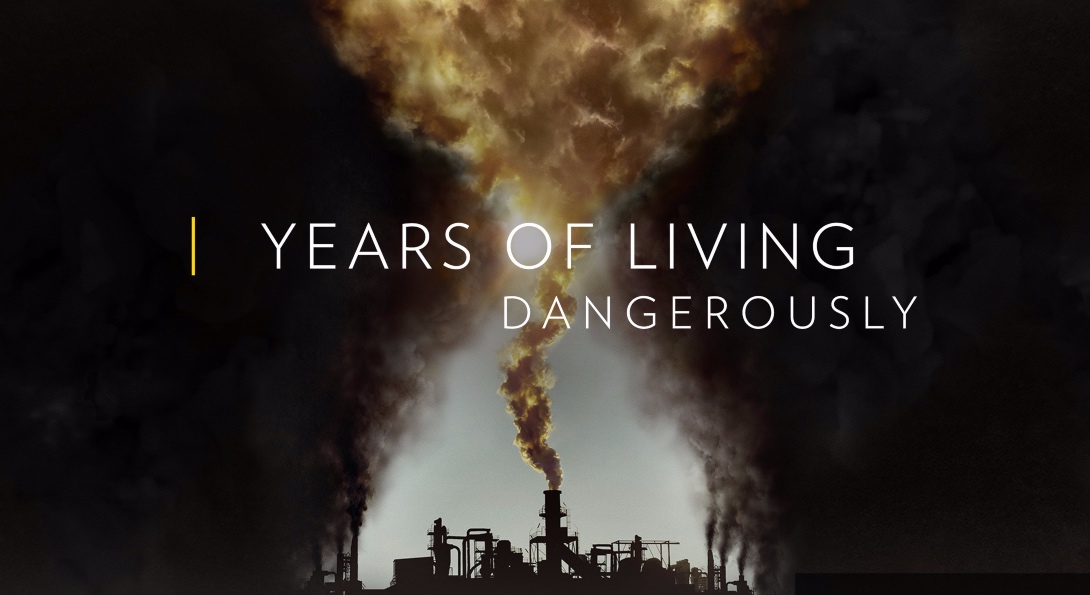Bringing People Together on Climate Change

Story text

A new study suggests that engaging, high-quality media programming could help Democrats and Republicans see eye to eye when it comes to climate change.
The study, published in the Journal Science Communication, surveyed 2,015 participants before and after watching one of two broadcast programs. The study group watched an episode of “Years of Living Dangerously,” a National Geographic series that included episodes on solar energy use in the U.S. and India, coal use in the U.S. and China, and deforestation. A control group watched a video called “Spillover: Zika, Ebola, and Beyond,” which was about the spread of diseases between animals and humans.
The researchers found that when Republicans and Democrats watched “Years of Living Dangerously,” which aired in 2016 and won an Emmy Award, they were more likely to see eye to eye. Both were likely to believe that they could personally take action against climate change.
Among Republicans who were most engaged with the “Years of Living Dangerously” program, their pre- and post-video surveys showed that their perceptions of the risks associated with climate change and their belief that they could take action were both greater after they watched the episode — similar to those of Democrats.
“The more transported or absorbed an individual was by the documentary, the closer they paid attention. The more emotionally and cognitively involved they were, the more they felt climate change was a real risk affecting their lives,” said Ashley Bieniek-Tobasco, DrPH, research assistant professor of environmental and occupational health sciences at the University of Illinois Chicago School of Public Health and first author of the study.
“Those most engaged also tended to have stronger beliefs in their ability to take action to help tackle climate change, such as contacting a government official about climate change, after watching the videos,” she said.
Among the participants, 624 watched the videos in a lab setting and 1,391 watched the videos online.
Of those who watched the videos in the lab, approximately 60% were Democrats, 9% were Republicans and 30% were other affiliations. Among participants who watched the videos online, approximately 37% were Democrats, 27% were Republicans and 37% were other affiliations.
Survey questions before and after the videos focused on three main areas: perception of the risk posed by climate change, efficacy beliefs or beliefs that an individual can do something personally about climate change and narrative transportation.
“Narrative transportation is a term we use to describe how immersed or absorbed a person is while consuming a narrative, be it a film or a book,” Bieniek-Tobasco said. “It encompasses attention and emotional and cognitive engagement with the story. It is the idea that you are transported into the story, or to another time or place while consuming the story.”
“Democrats started with higher-risk perceptions and efficacy beliefs in regard to climate change when compared to Republicans, but after watching the video, among participants who were most transported or engaged, that difference went away,” she said.
Bieniek-Tobasco and colleagues say their findings suggest that the messages used to persuade audiences can be very effective in influencing climate change attitudes and beliefs if the content is engaging.
“Narrative transportation predicts efficacy beliefs and risk perceptions and appears to reduce political polarization in climate change attitudes and beliefs,” she said. “This tells us that engaging storytelling is potentially a powerful tool for combating polarization. If used in the right way, it may also catalyze changes in political behaviors needed to build political will to implement policy solutions to address climate change, and ultimately protect our health.”
Rajiv Rimal of Johns Hopkins University, Sabrina McCormick of George Washington University and Cherise Harrington of North Carolina Central University are co-authors on the paper.
This research, which was conducted by Bieniek-Tobasco under a research protocol at George Washington University, was funded in part by a grant from the Children’s Investment Fund Foundation.